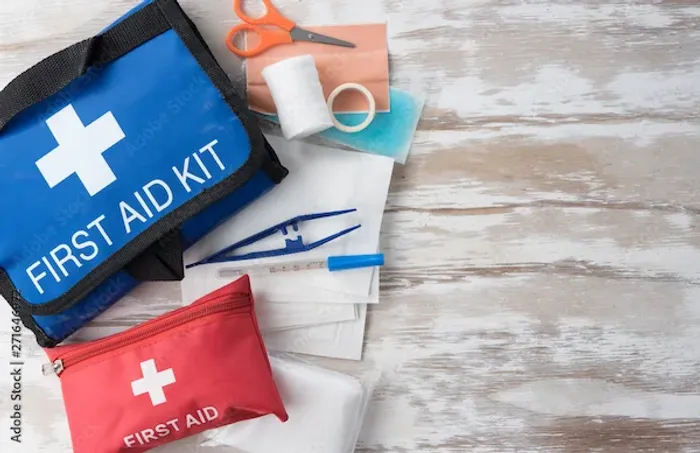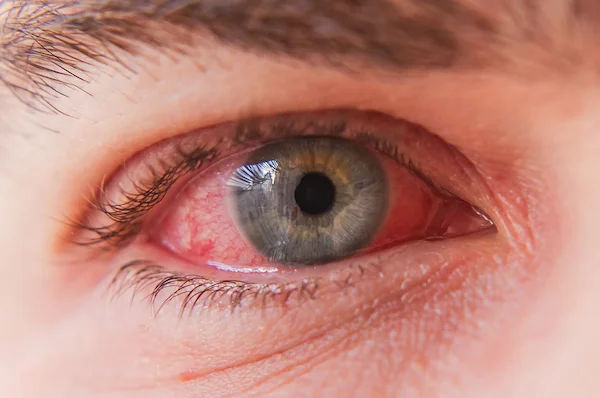First Aid Tips for Road Accident Patients
Learn essential first aid tips for road accident patients to provide immediate and effective help. This guide covers safety, assessing the situation, and basic care until professional medical help arrives.

Written by Dr. Shaik Abdul Kalam
Reviewed by Dr. Rohinipriyanka Pondugula MBBS
Last updated on 11th Aug, 2025

Introduction
Road accidents can happen suddenly and leave victims in critical condition. Knowing basic first aid can make a huge difference in saving lives and preventing further injuries before professional medical help arrives. If you witness an accident, staying calm and acting quickly can help stabilize the victim until emergency services take over.
Here’s a simple guide to administering first aid for road accident patients:
1. Ensure Safety First
Before rushing to help, check your surroundings:
Stop your vehicle safely away from traffic.
Turn on hazard lights to alert other drivers.
Wear gloves (if available) to protect yourself from blood or bodily fluids.
Look for dangers like fire, leaking fuel, or broken glass.
Do not move the victim unless absolutely necessary (e.g., if they’re in immediate danger like a burning car).
2. Call for Emergency Help
Dial 108 (India’s emergency number) or your local ambulance service immediately.
Provide clear details:
Location of the accident
Number of injured people
Condition of the victims (e.g., unconscious, bleeding, difficulty breathing)
3. Check the Victim’s Condition
Assess the person carefully:
A. If the Victim is Unconscious but Breathing:
Check for responsiveness by tapping their shoulder and asking, "Can you hear me?"
Place them in the recovery position (on their side) to keep their airway open.
Monitor breathing until help arrives.
B. If the Victim is Not Breathing:
Start CPR (Cardiopulmonary Resuscitation):
Place the heel of your hand on the center of their chest.
Push hard and fast (about 100-120 compressions per minute).
If trained, give rescue breaths (30 compressions followed by 2 breaths).
C. If There is Severe Bleeding:
Apply direct pressure on the wound with a clean cloth or bandage.
Elevate the injured limb (if possible) to reduce blood flow.
Do not remove any embedded objects (like glass or metal)—cover them with a dressing.
D. For Fractures or Suspected Broken Bones:
Immobilize the injured area using a splint (a stick, rolled newspaper, or any firm object).
Avoid moving the victim unnecessarily to prevent further damage.
E. For Burns:
Cool the burn with running water (not ice) for at least 10 minutes.
Cover with a clean, nonstick cloth (avoid cotton wool or adhesive bandages).
Do not pop blisters or apply creams.
F. For Head or Spinal Injuries:
Keep the victim still—do not move them unless absolutely necessary.
Support their head and neck to prevent twisting.
Health Topic Carousel:
Doctor Speciality: General Physician
Text : Consult Top General Physician For Personalised Tips
4. Keep the Victim Comfortable
Loosen tight clothing to help with breathing.
Cover them with a blanket to prevent shock (accident victims often go into shock, causing paleness, rapid breathing, and cold sweats).
Reassure them—stay calm and speak gently.
5. What NOT to Do
Do not give food or water—they may need surgery.
Do not remove a helmet (in case of motorcycle accidents) unless they’re not breathing.
Avoid pulling the victim out forcefully—this can worsen spinal injuries.
Do not use tourniquets unless bleeding is uncontrollable.
6. After the Emergency
Stay with the victim until medical help arrives.
Provide details to the paramedics about what you observed and any first aid given.
Preventing Road Accidents
While accidents can be unpredictable, following safety measures reduces risks:
Always wear seatbelts and helmets.
Avoid speeding and drunk driving.
Stay alert—no mobile phones while driving.
Follow traffic rules and signals.
When to Seek Professional Help?
Even if injuries seem minor, internal damage may not be visible. Visit a doctor or emergency room if:
The victim has persistent pain, dizziness, or confusion.
There are signs of concussion (vomiting, blurred vision).
Deep wounds or suspected fractures are present.
For expert medical advice or emergency care, you can book a consultation with Apollo24|7 through their app or website.
Final Thoughts
Knowing basic first aid can save lives in road accidents. Stay prepared, stay calm, and act wisely. Your quick response could be the difference between life and death.
Stay Safe, Stay Alert!
Health Topic Carousel:
Doctor Speciality: General Physician
Text : Consult Top General Physician




